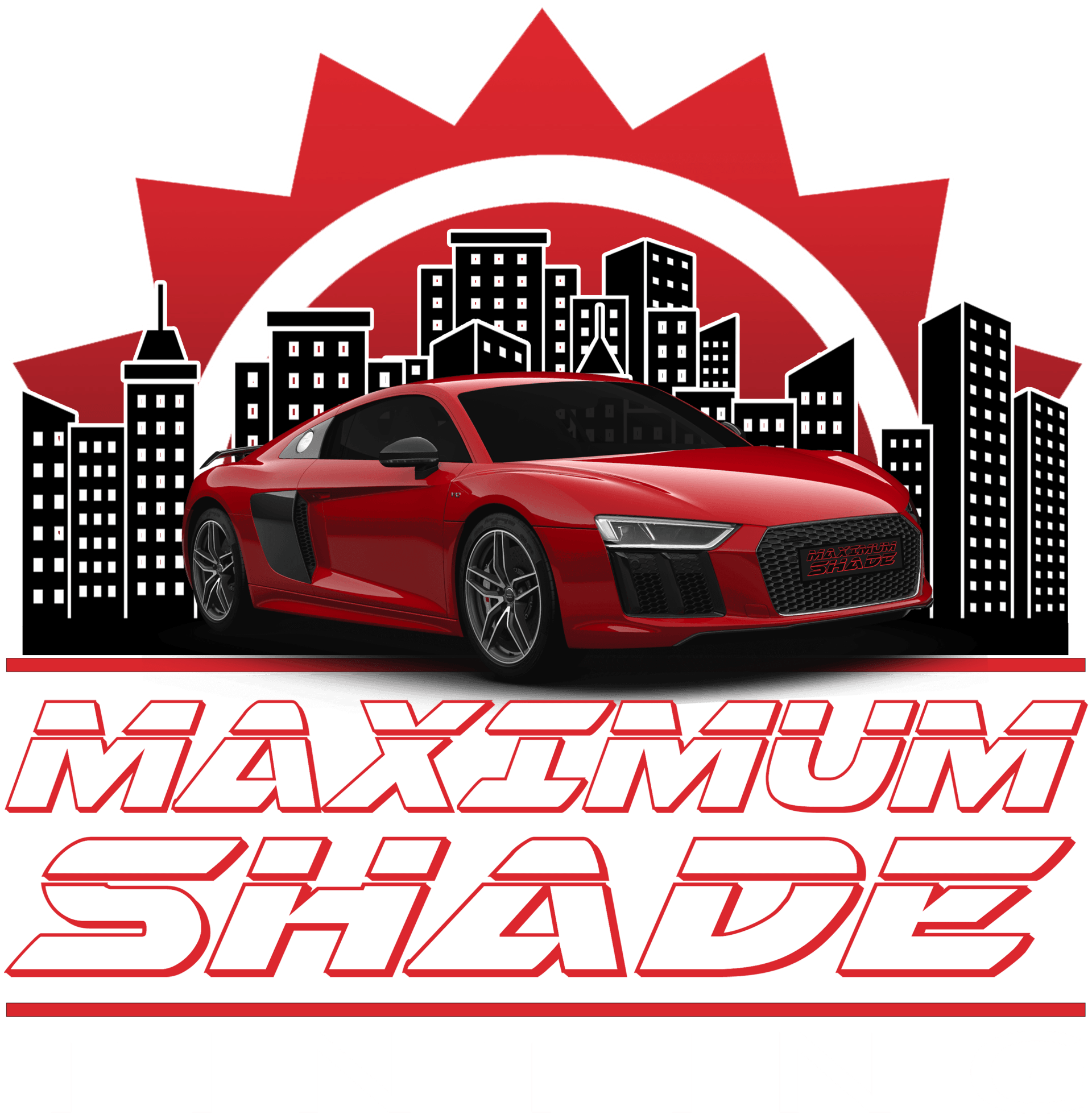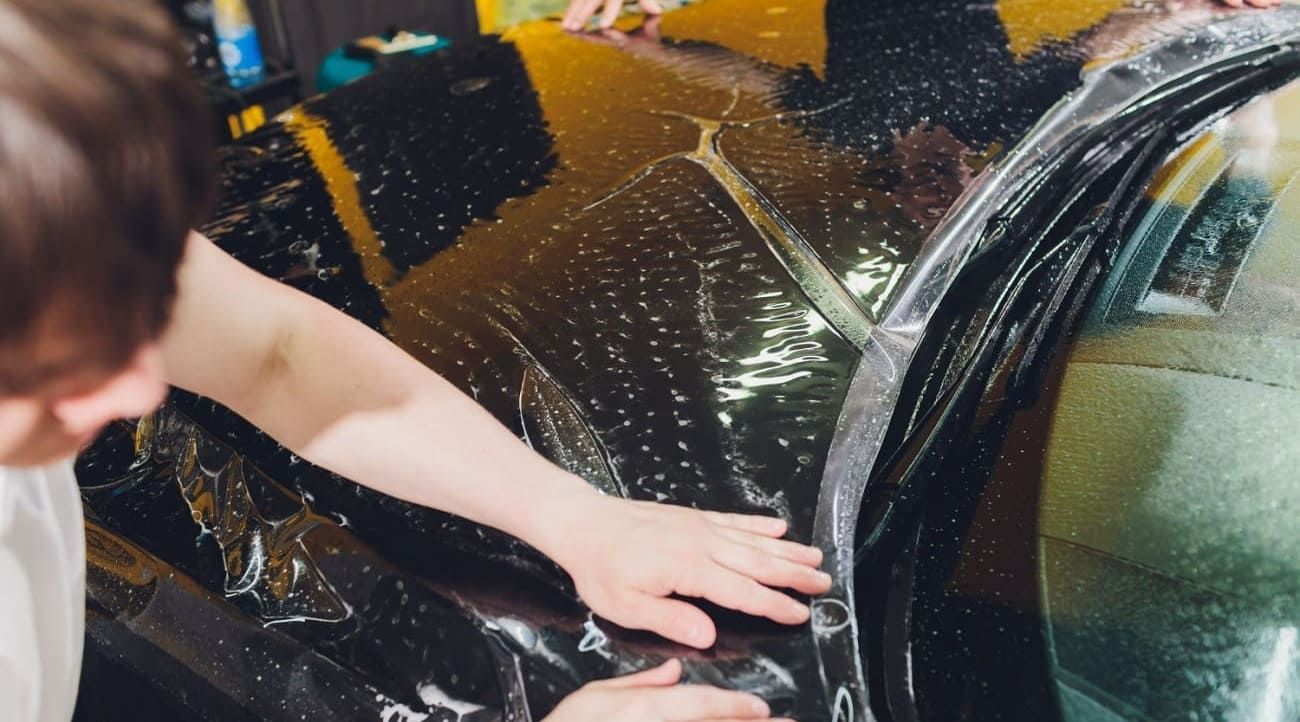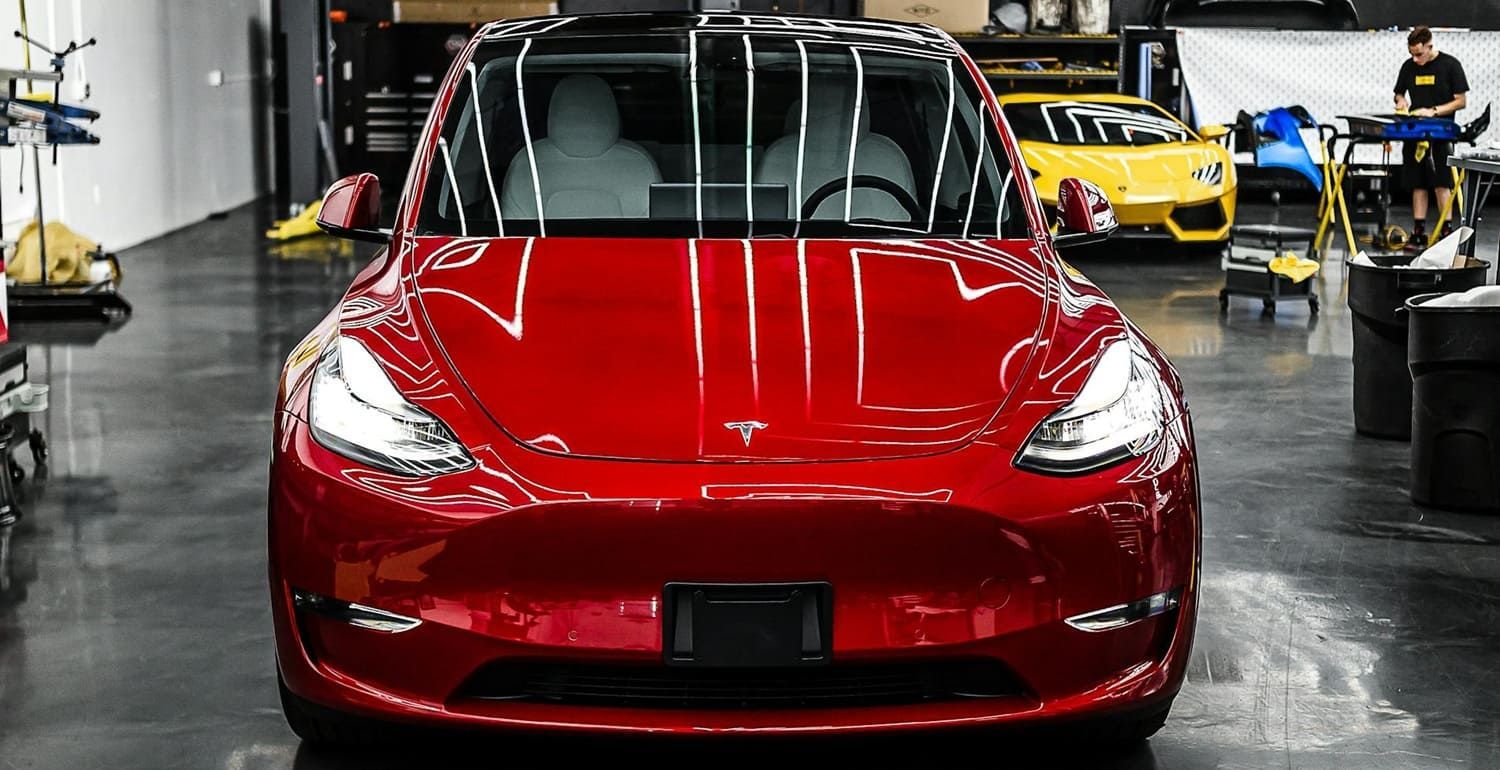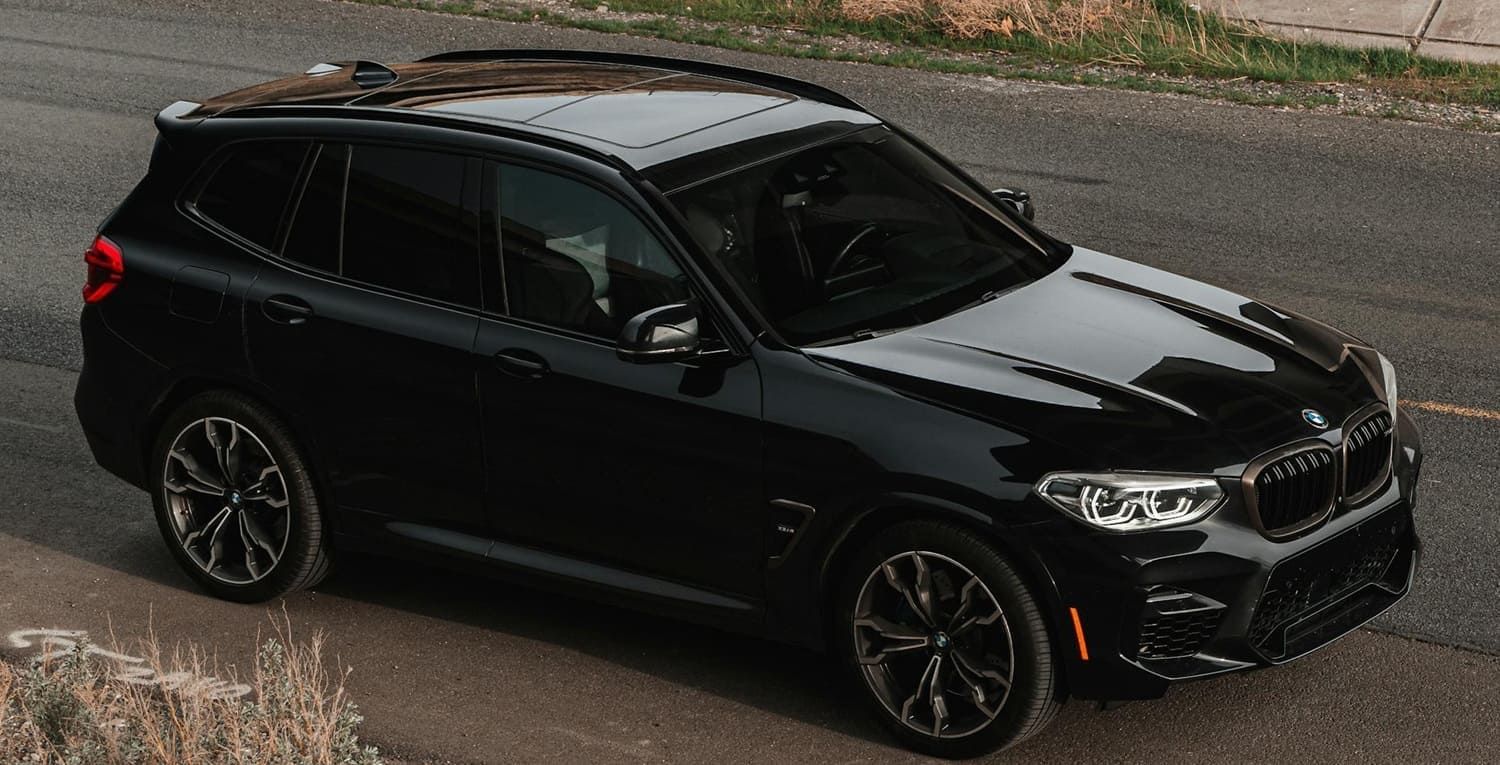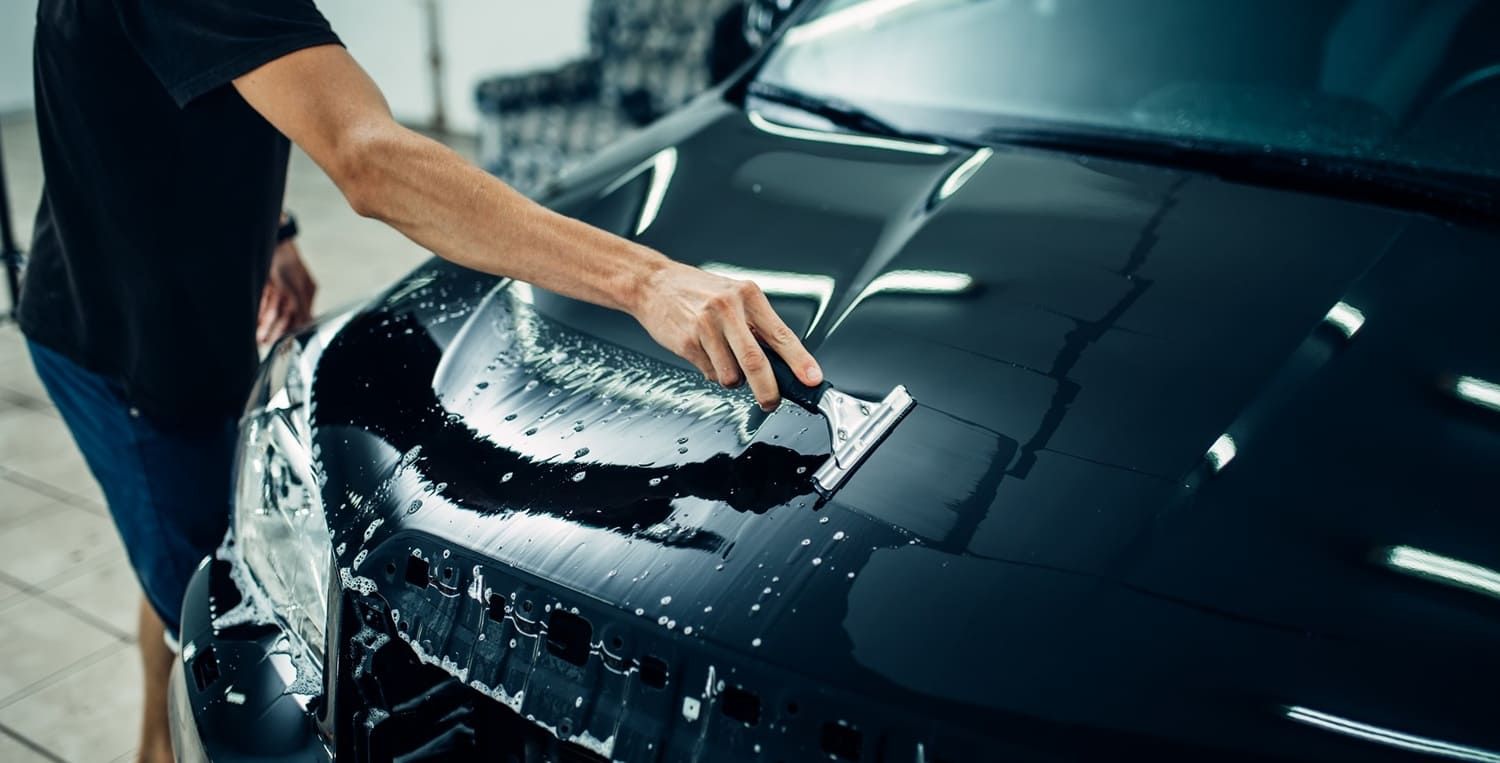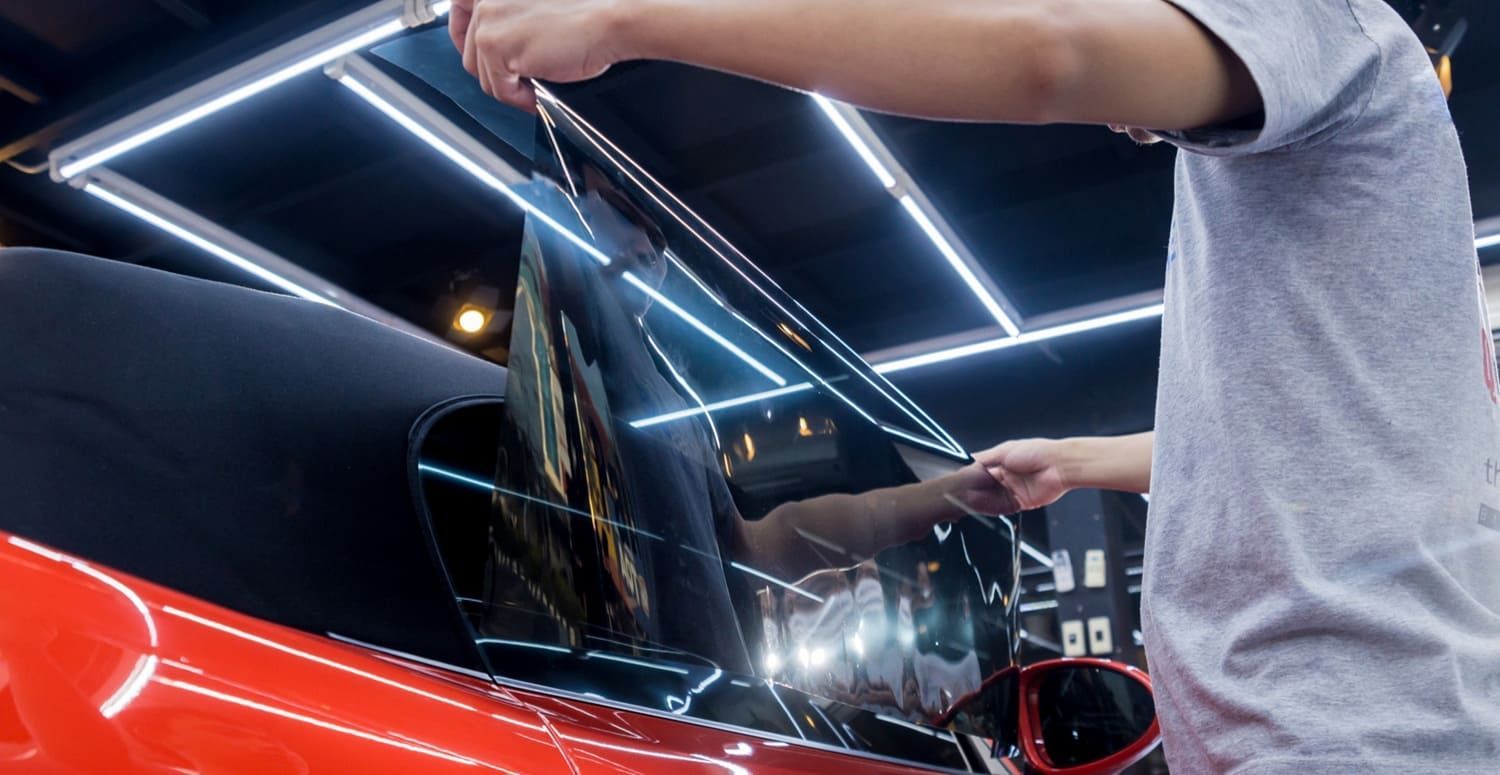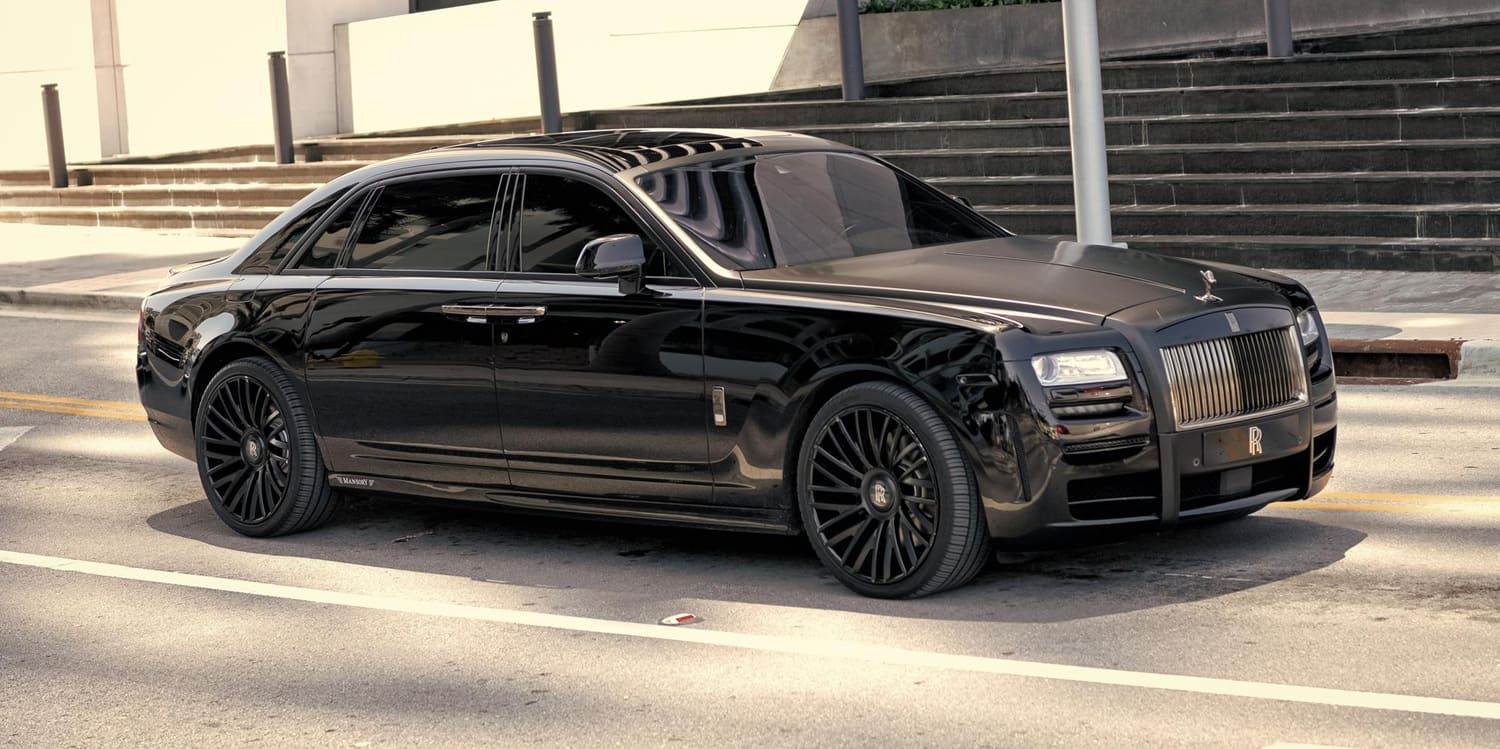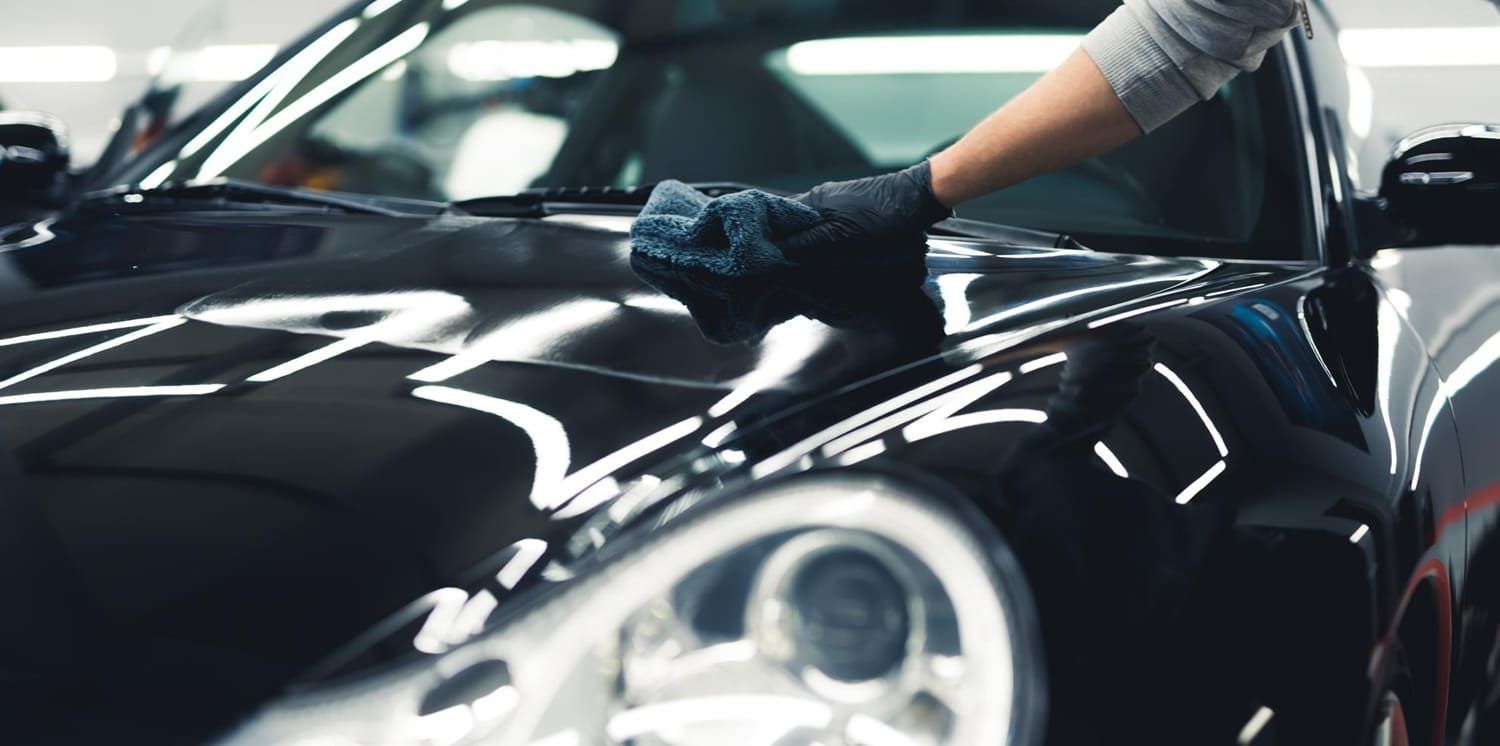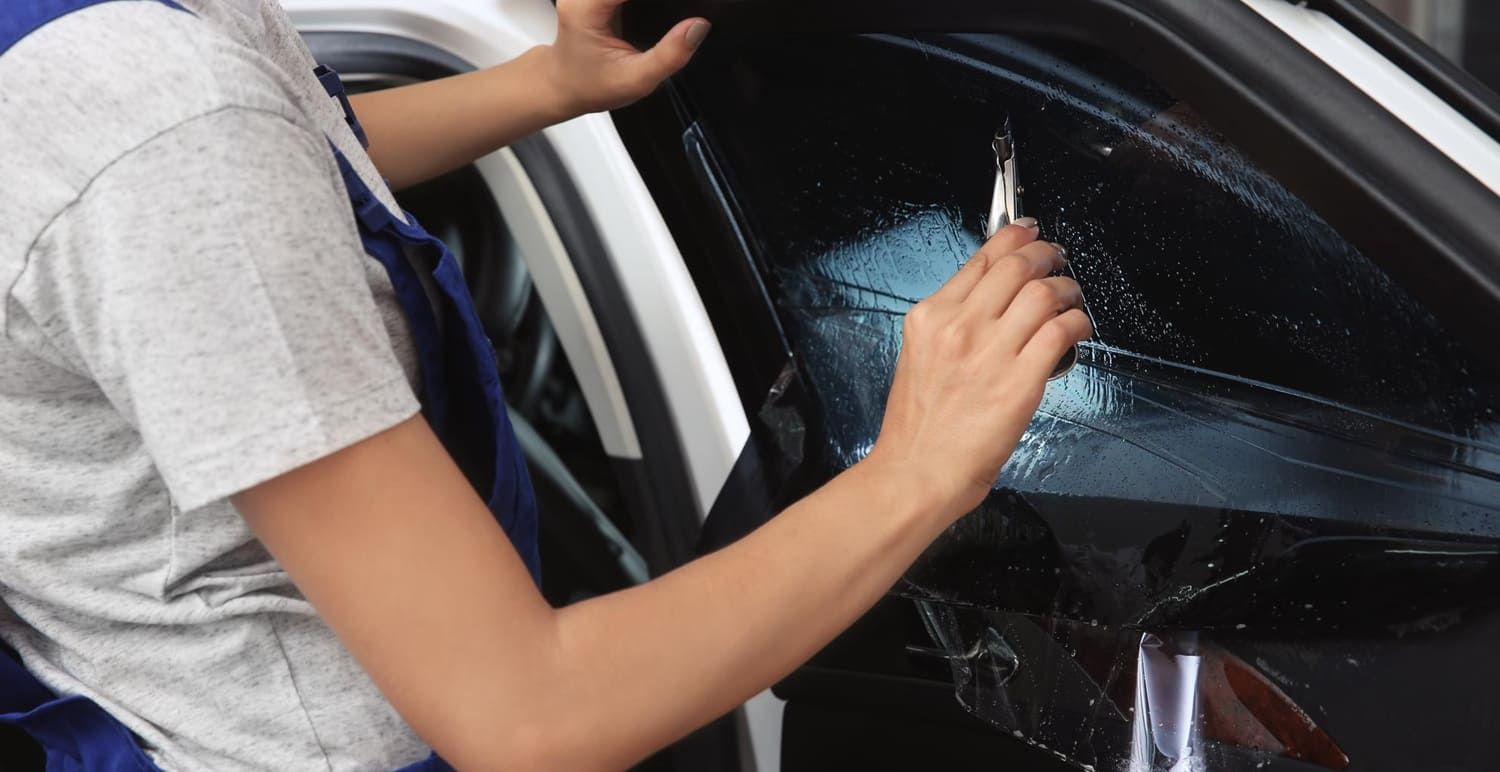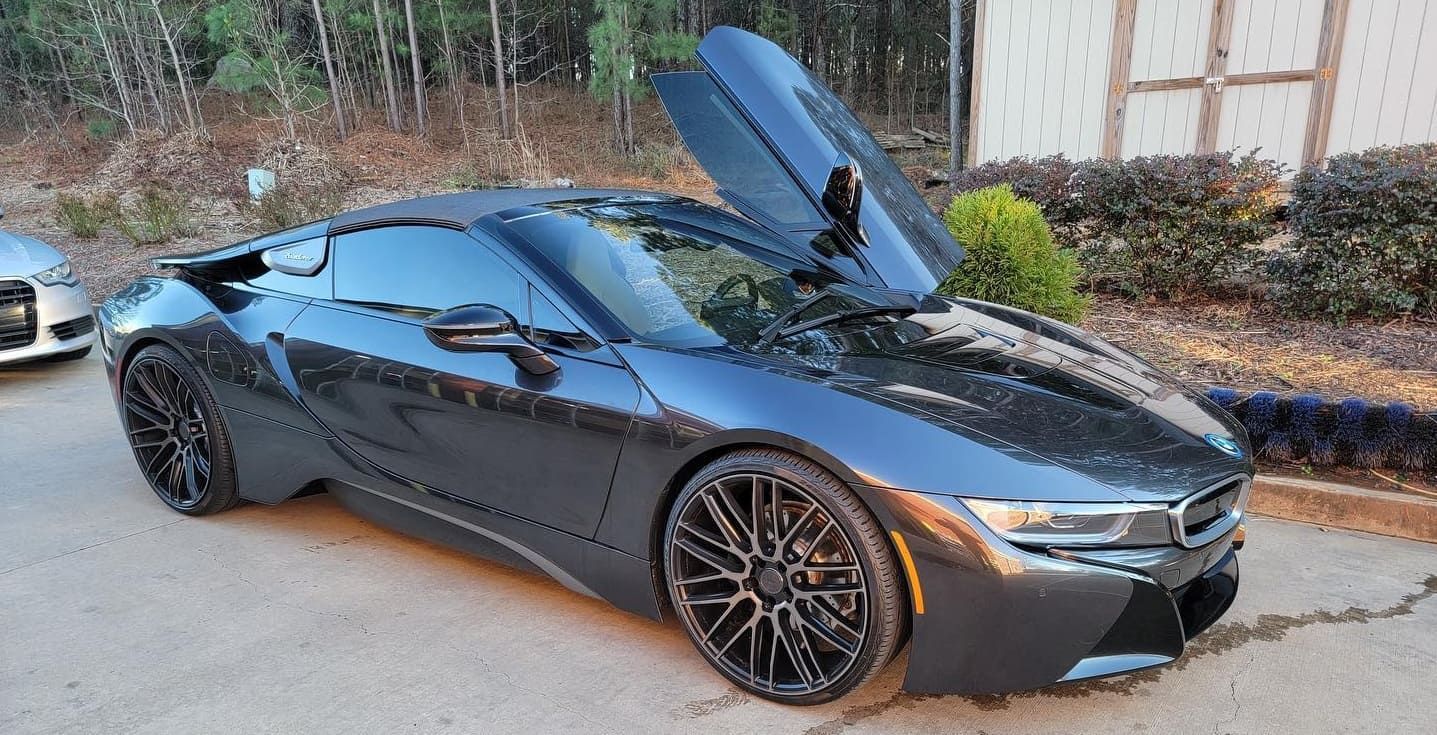Why PPF Is the Best Armor for Your Car’s Paint
Your car is more than just a mode of transport. It's an investment and a source of pride. Keeping it looking pristine is a priority for many car owners.
Paint Protection Film (PPF) is a game-changer in car paint protection. This transparent film acts as a shield against scratches, chips, and environmental damage.
PPF is made from a durable urethane material. It offers a layer of defense that preserves your car's original paint.
Unlike other protection methods, PPF is nearly invisible. It maintains the car's aesthetic appeal while providing robust protection.
With PPF, you can drive with confidence, knowing your car's paint is safe. It's a smart investment for anyone who values their vehicle's appearance.
Explore why PPF is the best armor for your car's paint in this comprehensive guide.

What Is Paint Protection Film (PPF)?
Paint Protection Film, commonly known as PPF, is an advanced solution for preserving a car's paintwork. This durable film is crafted from thermoplastic urethane, a material known for its strength and flexibility. It shields the vehicle’s exterior from damage while maintaining the car's original aesthetics.
PPF was initially designed for military purposes, protecting helicopter rotor blades. Its effectiveness soon made it a favorite in the automotive industry. Car enthusiasts and manufacturers quickly recognized its potential as a premier paint protection method.
Here's why PPF is an excellent car paint protector:
- Scratch Resistance: Prevents minor scratches and scuffs.
- Weather Shield: Protects against UV rays and harsh weather.
- Chemical Resistance: Guards against stains from bugs and bird droppings.
Unlike traditional protective measures, PPF is transparent. It doesn't alter the vehicle’s color or design, keeping it factory fresh. This makes it an attractive choice for car owners who want full protection without sacrificing style. With PPF, your car is prepared to face the challenges of the road.
How Does PPF Work to Protect Car Paint?
Paint Protection Film acts as a robust barrier, safeguarding your car's paint from damage. It covers the vehicle like a second skin, absorbing impacts that might otherwise harm the paint. This is crucial for protecting against debris, scratches, and chips.
The magic of PPF lies in its construction. The film is made of multiple layers, each serving a specific function. The top layer is hydrophobic, repelling water and pollutants. The middle, or urethane layer, is flexible yet tough, absorbing shocks. The adhesive base ensures the film adheres snugly to the car's surface.
Let's look at how PPF provides defense:
- Shock Absorption: Mitigates impact from road debris and minor collisions.
- Self-Healing: Repairs light scratches with heat activation.
- UV Protection: Blocks harmful UV rays, preventing paint fade.
PPF's innovative design allows it to "self-heal" when minor scratches occur. Applying heat, like sunlight or a blow dryer, enables these marks to vanish. This self-renewing ability keeps your car looking immaculate, ensuring long-lasting protection.
Key Benefits of PPF for Car Paint Protection
Paint Protection Film (PPF) offers numerous advantages for maintaining your car's pristine appearance. One of its greatest assets is its near invisibility, preserving the original look of your vehicle. You won't even notice it's there, yet it works tirelessly to protect your paint.
PPF is engineered to absorb impacts from everyday hazards. It acts as a shield against scratches and chips caused by road debris, providing unparalleled protection. This safeguard is critical, especially for high-impact areas such as the hood, fenders, and mirrors.
The film offers significant environmental defense. It protects against bird droppings, tree sap, and other contaminants, reducing the risk of paint damage. PPF's resistance to chemical stains further ensures your car's paint remains unaffected by gasoline or oil spills.
Additional Benefits Include:
- UV Protection: Prevents paint fading from sun exposure.
- Water-Resistant: Repels rain and moisture effectively.
The self-healing feature of PPF is a standout benefit. Minor scratches can disappear with a little heat, maintaining an immaculate finish. This quality reduces the need for frequent touch-ups and repairs.
PPF also excels in maintaining the vehicle's resale value. By preserving the original paintwork, the car will look newer for longer. This can lead to a higher selling price when it’s time to upgrade.
Important Benefits to Remember:
- Easy Maintenance: Simplifies cleaning processes.
- Flexible Compatibility: Suitable for all car colors and finishes.
Finally, consider PPF’s durability and longevity. With proper care, it can last up to ten years, making it a worthwhile investment for any vehicle owner. Its comprehensive protection makes it an ideal choice for long-term paint preservation.
PPF vs. Other Car Paint Protection Options
When it comes to protecting car paint, there are several options. Each has unique features, but PPF stands out. Unlike traditional wax and sealants, PPF offers a durable barrier that's long-lasting and highly effective.
Wax and sealants require frequent reapplication, usually every few months. In contrast, PPF provides protection for up to ten years, minimizing maintenance efforts. This longevity reduces the time and money spent on upkeep.
Ceramic coatings are another popular choice. They provide good protection but don't offer the same impact resistance as PPF. Ceramic coatings are excellent for adding gloss but lack PPF's self-healing properties.
Comparing Paint Protection Solutions:
- Wax and Sealants: Short-term protection, frequent reapplication.
- Ceramic Coatings: Glossy finish, moderate protection.
- PPF: Long-term, impact-resistant, and self-healing.
PPF delivers superior protection by preventing damage from scratches and chips. It combines the best features of other solutions while addressing their limitations. This comprehensive shield makes PPF an unrivaled choice for anyone looking to maintain their vehicle's paint integrity.
Where and How Is PPF Applied?
PPF application is an art that enhances your car's protection. Typically, professionals handle this process to ensure precision. A clean environment and the right tools are crucial for a flawless installation.
When applying PPF, professionals clean the car thoroughly to avoid any imperfections. This step ensures no dirt or dust gets trapped under the film. The film is then meticulously cut to fit specific car contours.
Installation can cover various parts of the vehicle. High-impact areas like the hood, bumpers, and side mirrors are common choices. PPF can also be tailored for full-car coverage if desired.
Key Application Areas:
- High-impact zones: bumpers, mirrors, hood
- Full coverage for comprehensive protection
- Selective coverage based on owner preference
Professional installation guarantees durability and precision. The use of heat helps the film adhere snugly, conforming to the car's curves. Once applied, PPF acts as an invisible shield, preserving the vehicle's pristine look and enhancing its resilience.

Common Myths and Misconceptions About PPF
Paint Protection Film (PPF) is often misunderstood. Many myths cloud its true benefits and functionality. Dispelling these can help car owners make informed choices.
One common myth is that PPF damages car paint. In reality, it protects and preserves the paint underneath. Additionally, some believe PPF is only for luxury vehicles, but it’s suitable for all car types and models.
Let's address some common misconceptions:
- PPF damages car paint: False, it preserves it.
- Only for luxury cars: False, suitable for all vehicles.
- PPF is very noticeable: False, it is nearly invisible.
Understanding these truths about PPF can aid car owners in protecting their investment better, ensuring longevity and maintaining aesthetic appeal.
Maintenance and Longevity of PPF
Maintaining Paint Protection Film (PPF) is straightforward and can significantly extend its lifespan. Regular care keeps the film looking pristine and enhances its protective capabilities.
PPF is designed to last up to 10 years with proper care. This longevity can be achieved through simple maintenance routines. It's important to regularly wash the film using mild soap and water. This helps in removing dirt and debris that could damage the surface.
Always avoid abrasive cleaners and harsh chemicals. These can degrade the film over time. Instead, opt for gentle cleaning solutions to preserve its integrity. Also, periodic inspections of the film help identify any wear or damage early on.
When considering maintenance, remember:
- Wash regularly with mild soap and water.
- Avoid abrasive tools and harsh chemicals.
- Inspect periodically for any damage.
With these easy care routines, PPF can continue to offer superior protection. This ensures your car's paint remains in excellent condition for years.
Is PPF Worth the Investment?
Investing in Paint Protection Film (PPF) offers both immediate and long-term benefits for your car. The protection it provides translates into real savings over time.
While the initial cost might seem high, consider the savings on paint repairs and repainting. PPF acts as a shield, preserving the original paintwork and minimizing repair needs. This one-time investment helps maintain your car’s appearance and resale value.
Consider these points when evaluating PPF:
- Reduces frequent paint repairs.
- Maintains car appearance and value.
- Provides lasting protection, reducing maintenance efforts.
For car owners prioritizing long-term savings and aesthetic preservation, PPF is a smart choice. It’s a worthy investment for anyone aiming to protect their car’s paint for years to come.
Frequently Asked Questions About PPF
People often have many questions about Paint Protection Film (PPF). Addressing these can clarify its advantages and application process.
One common query is whether PPF can be applied to any car. The answer is yes, PPF suits all vehicles.
Another frequent question concerns its lifespan. With proper care, PPF can last up to 10 years.
Here are more key points about PPF:
- Suitable for all vehicle models.
- Lasts up to a decade with care.
- Professional installation recommended for best results.
Understanding these aspects can help you make a well-informed decision about using PPF for your car’s protection needs.
Conclusion: Why PPF Is the Ultimate Choice for Car Paint Protection
Paint Protection Film (PPF) offers unparalleled defense for your car's paint. Its durability and invisibility make it a top choice.
At Maximum Shade Tinting, we take pride in being the best PPF installers serving Buford, GA. Contact us today for a free estimate and protect your investment with premium paint protection film.
PPF not only safeguards against everyday wear but also preserves a vehicle’s appearance. This protection translates to maintaining its resale value.
Given these benefits, investing in PPF for car paint protection is wise. It's a comprehensive solution that meets the needs of both casual car owners and enthusiasts. With PPF, your car stays looking showroom fresh for years.
